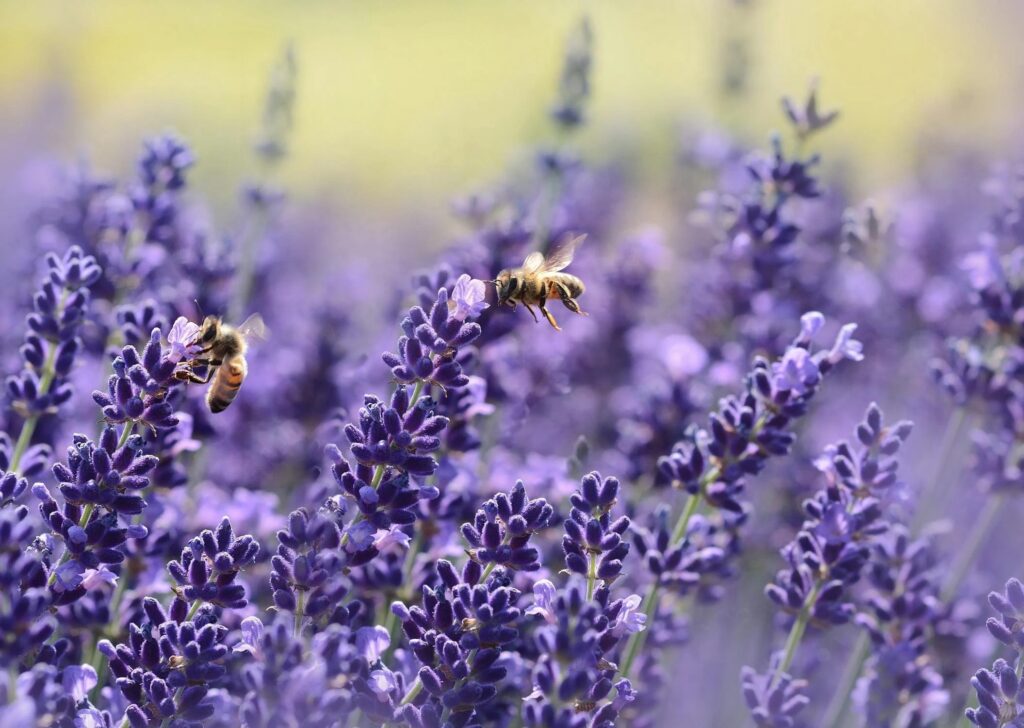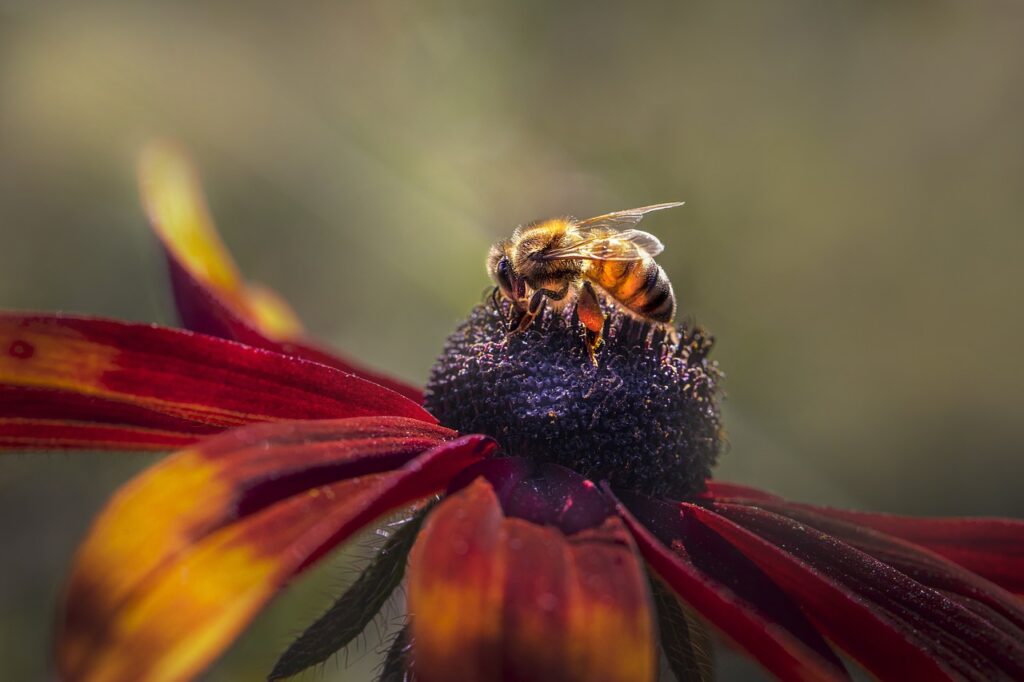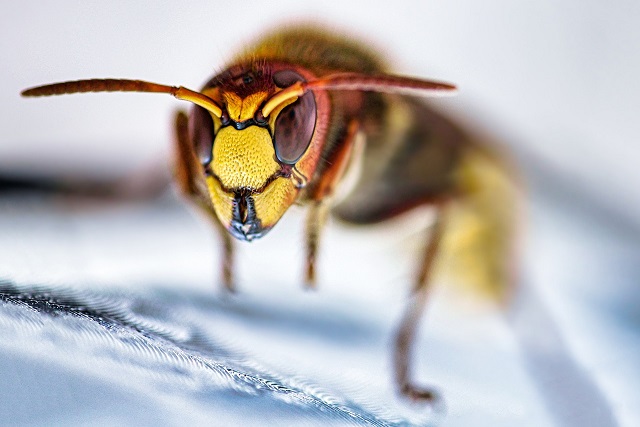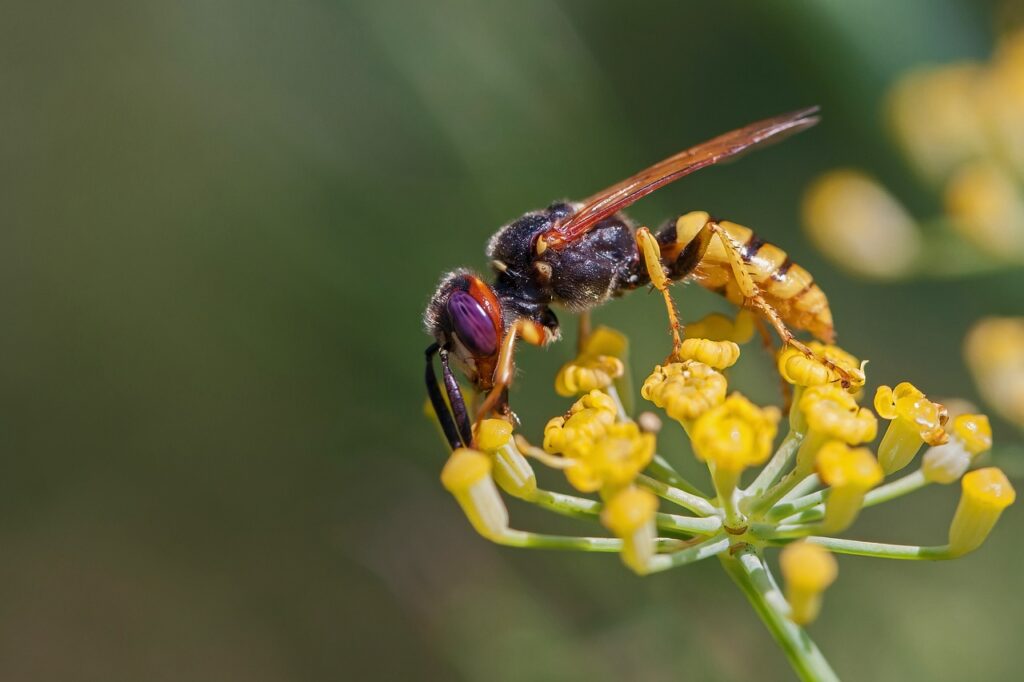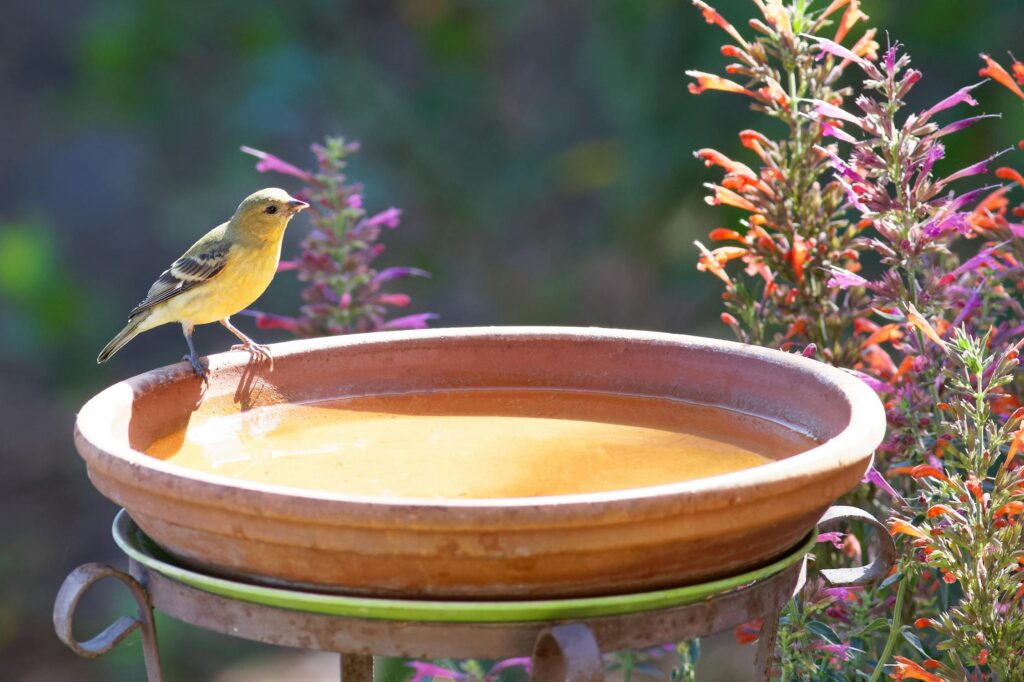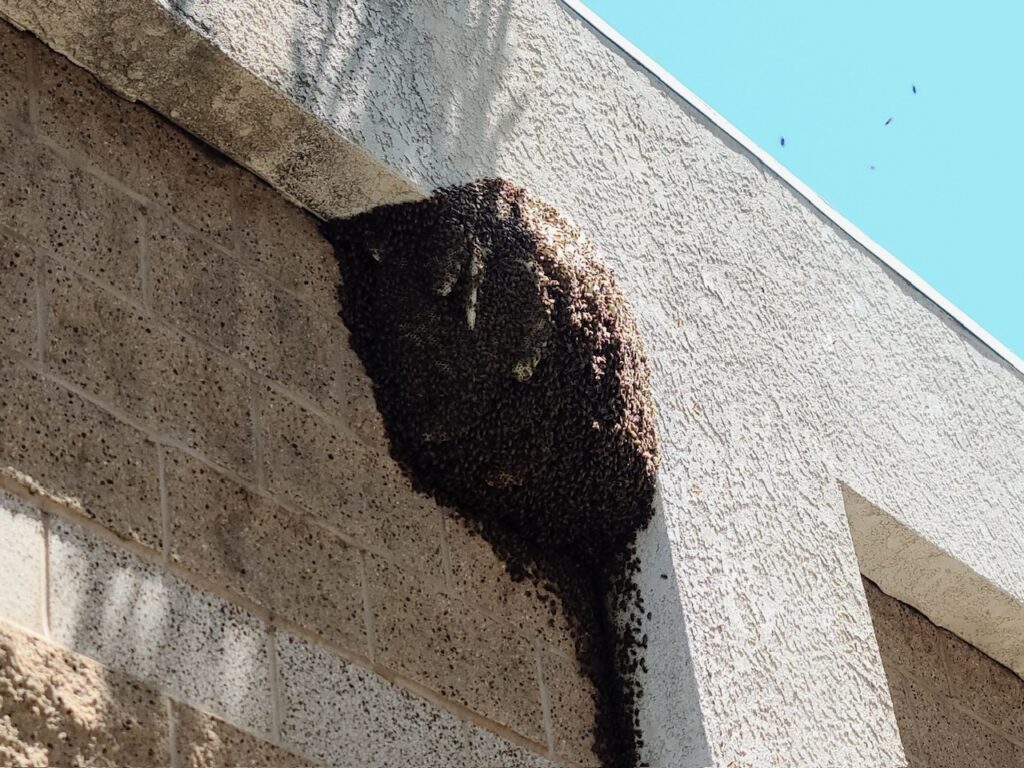Bee News
Glyphosate Impacts on Pollinators



Glyphosate, the active ingredient in the widely used herbicide Roundup, has become a household name in the world of agriculture and gardening. Developed initially as a descaling agent in the 1970s, its herbicidal properties quickly took center stage, leading to its explosion in popularity. Today, glyphosate is one of the most commonly employed herbicides worldwide, helping farmers manage weeds and increase crop yields. However, this widespread usage comes with mounting concerns regarding its potential health impacts on humans and the environmental implications for crucial species such as honey bees.
The toxicity of glyphosate has been a topic of heated debate over the past few decades. Short-term exposure to high levels of glyphosate can cause immediate health concerns, leading to symptoms such as skin and eye irritation, nausea, and gastrointestinal disturbances. While such acute effects can typically be managed with prompt medical attention, it’s the long-term exposure that raises more significant alarms.
Recent studies have suggested a potential link between glyphosate exposure and serious health conditions, including certain forms of cancer. The International Agency for Research on Cancer (IARC), a part of the World Health Organization (WHO), classified glyphosate as “probably carcinogenic in humans” based on evidence linking it to non-Hodgkin lymphoma. This classification has instigated numerous lawsuits against its manufacturer, Monsanto, raising questions about the safety of glyphosate and the regulatory processes surrounding its usage.
Beyond human health, glyphosate poses a serious threat to vital pollinators, particularly honey bees. As bees go about their essential tasks of gathering nectar and pollen from flowers, they inadvertently contribute to the process of pollination, which is crucial for the reproduction of many flowering plants. However, glyphosate is not selective; it affects a wide range of flora, including some of the very plants that bees rely on for food.
Research indicates that glyphosate exposure can lead to several negative outcomes for bee populations. Studies have shown that glyphosate can disrupt the gut microbiome of bees, impairing their ability to digest food and fight off diseases. Additionally, evidence suggests that glyphosate may be linked to Colony Collapse Disorder (CCD), a phenomenon that has devastated bee populations in various regions. The implications of reduced bee populations are profound; as primary pollinators, bees contribute to the growth of many crops—including fruits, vegetables, and nuts—making their decline a pressing issue for food security.
The situation surrounding glyphosate evokes a complex interplay between agricultural productivity, human health, and environmental sustainability. While glyphosate has facilitated increased crop yields and reduced labor costs for farmers, its potential health risks and detrimental effects on vital pollinators cannot be ignored.
To address these concerns, researchers and policymakers are advocating for a balanced approach towards the use of herbicides like glyphosate. Integrated Pest Management (IPM) strategies, which prioritize non-chemical methods of weed control and aim to reduce dependence on chemical herbicides, are gaining traction. These methods not only safeguard human health but also protect the ecosystems that support pollinator populations.
https://www.consumernotice.




